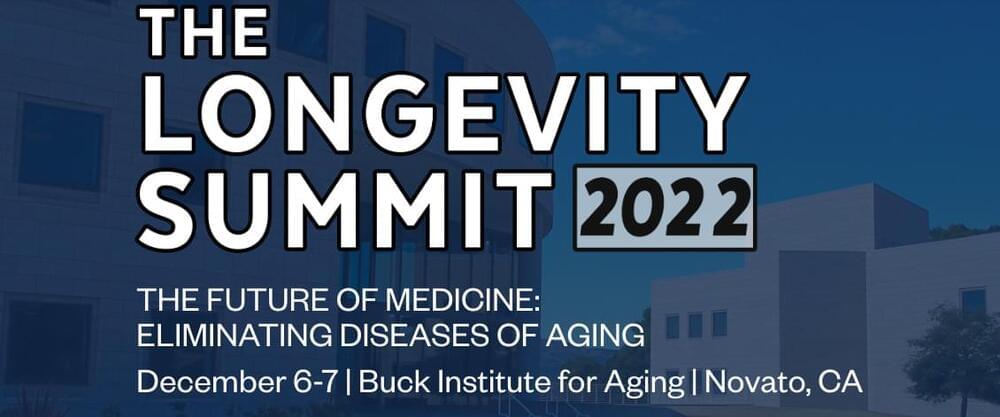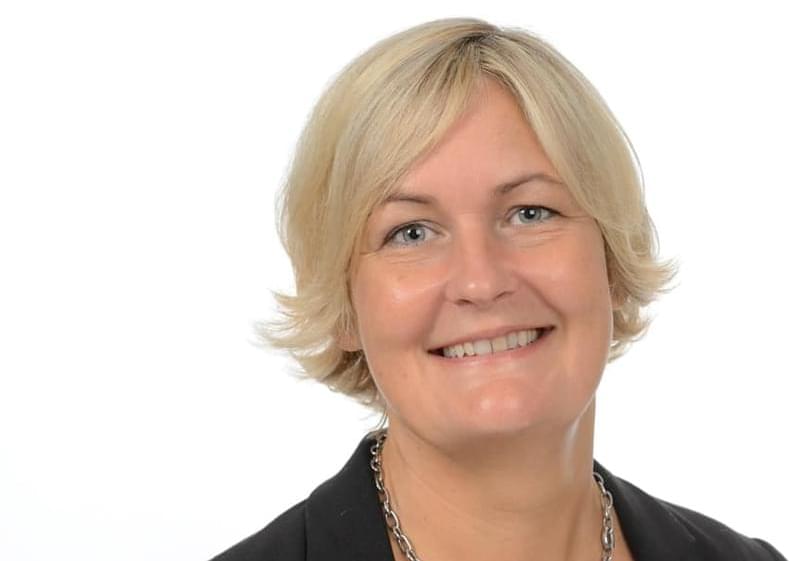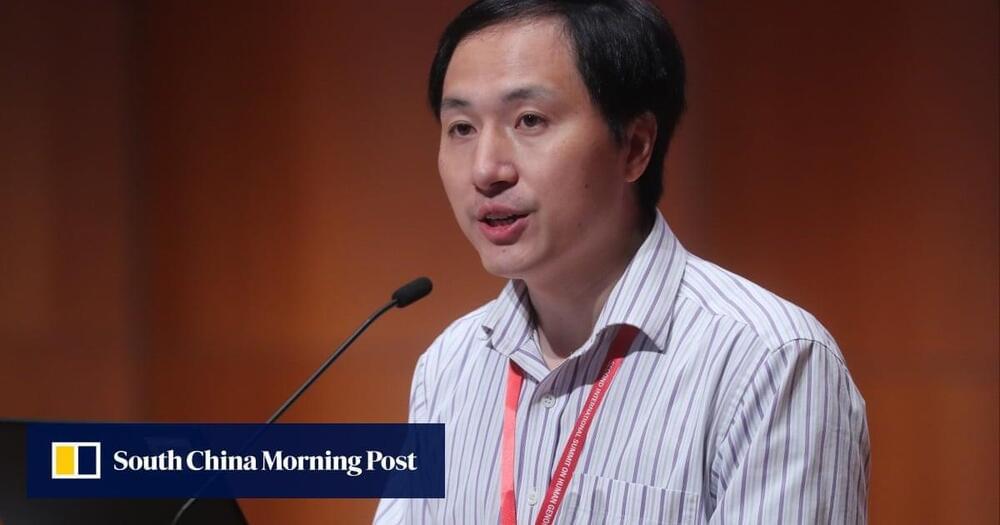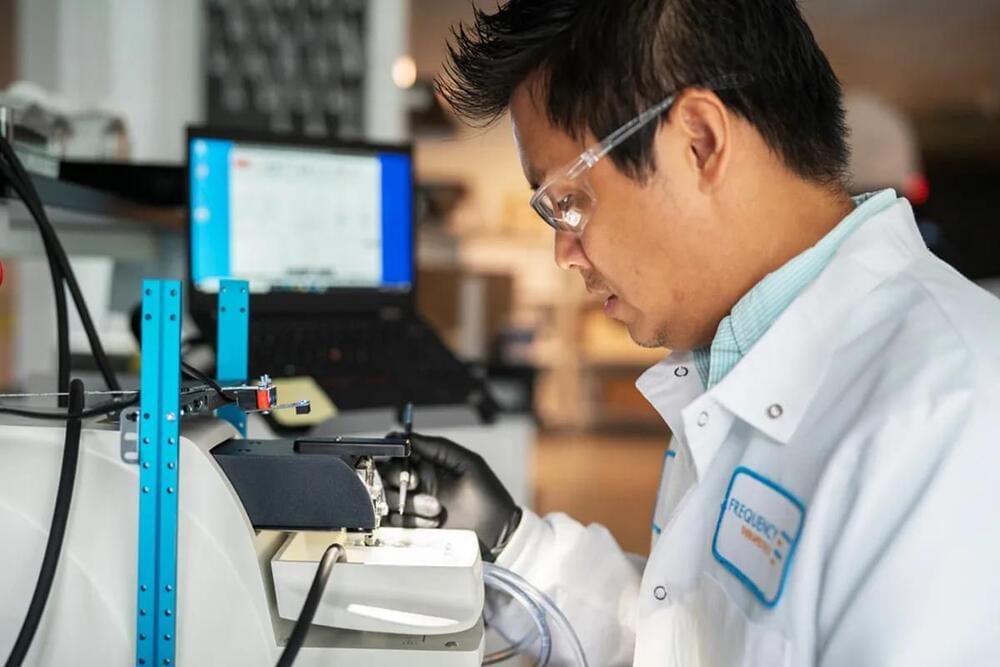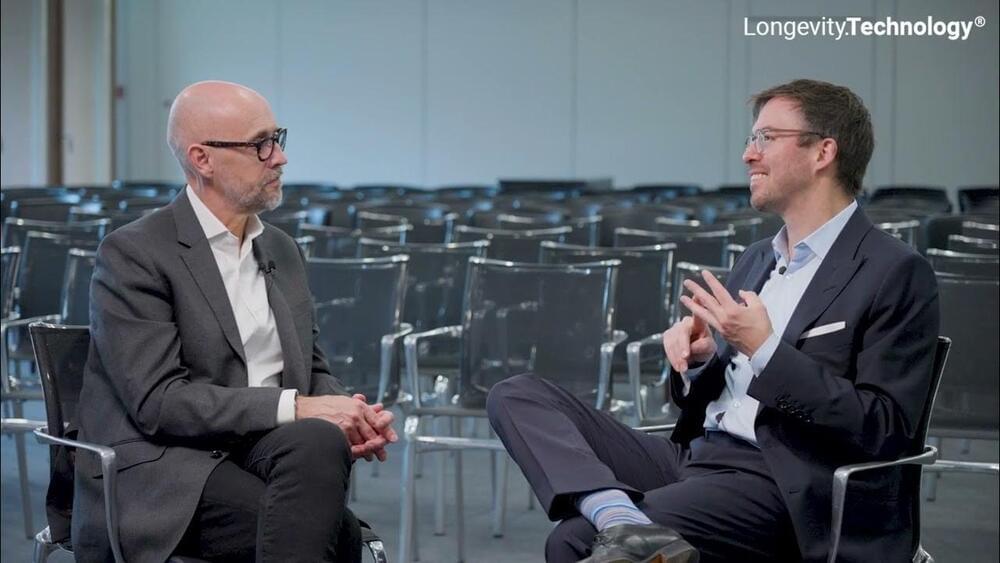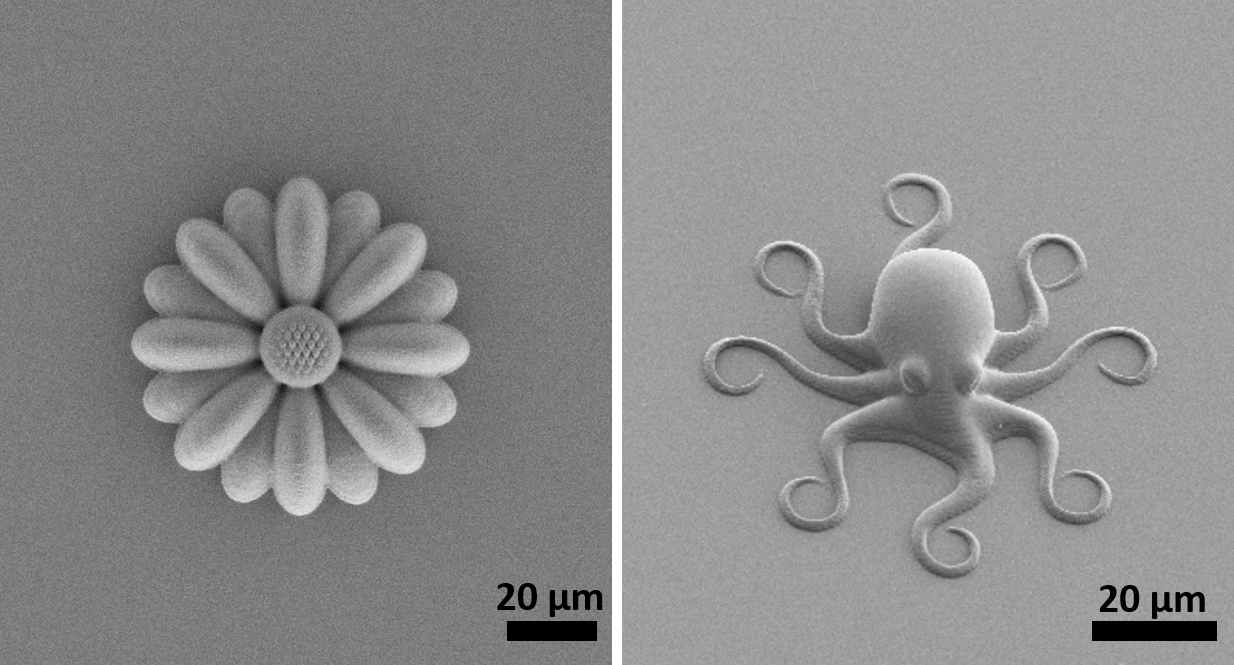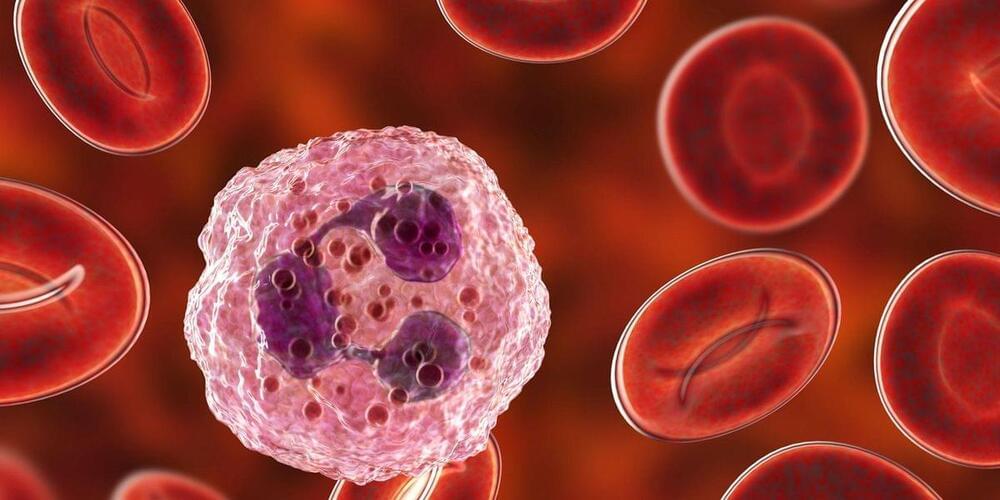Nov 5, 2022
Introducing the Buck Institute’s Longevity Summit 2022
Posted by Kelvin Dafiaghor in categories: biotech/medical, government, life extension
On December 6–7, 2022, the Buck Institute for Research on Aging will be hosting the Longevity Summit 2022. Lifespan.io is pleased to announce that we are an official media partner for this upcoming conference.
The Summit will see many of the leading experts in the field coming together in the grounds of the architecturally distinct Buck Institute. It is being framed as a peer-to-peer learning experience aiming to unite longevity entrepreneurs, pharma and biotech companies, investors, researchers, and government organizations.
Here’s what the organizers had to say about the event:
